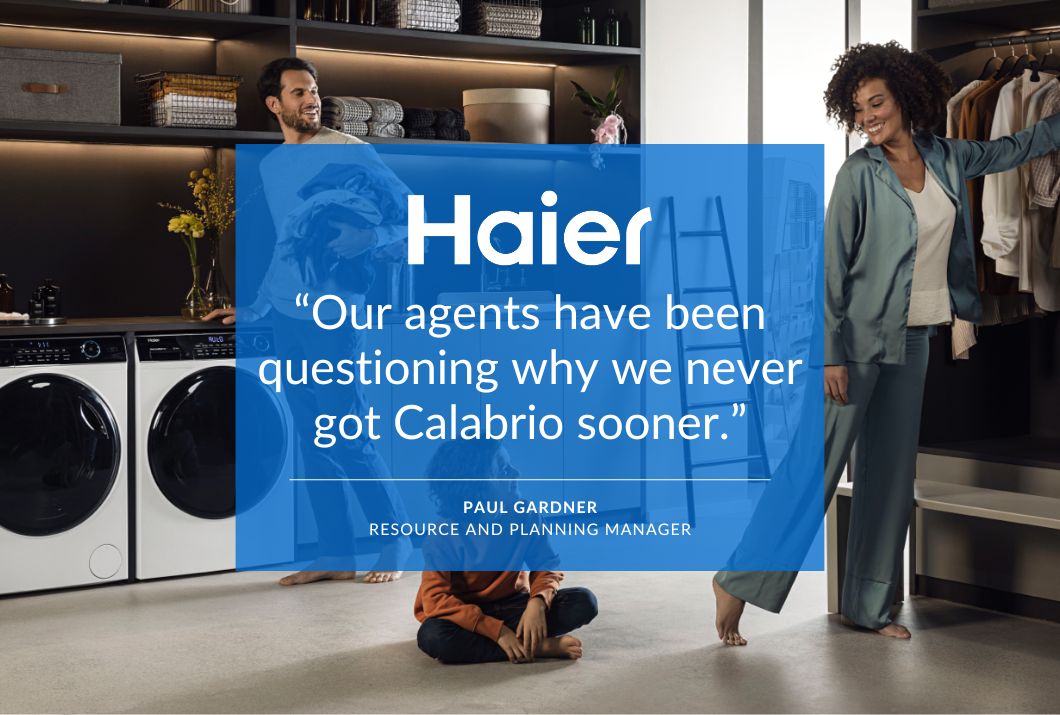Effortlessness: The New Battleground for Customer Loyalty
Effortlessness: The New Battleground for Customer Loyalty

I have just finished The Effortless Experience: Conquering the New Battleground for Customer Loyalty – a very interesting read that challenged many of my assumptions. The authors, Dixon, Toman and Delisi, have worked with the contact centres of hundreds of companies in order to examine how they can be more effective in growing and protecting brand loyalty. Whilst delighting and impacting some customers is often cited, often the main aim of companies is to ensure that long-term brand profitability is maintained – i.e. that the cost of delivering customer service is lower than the revenue it generates.
The authors’ first conclusion is that exceptional service delivery should be de-prioritised in favor of simplicity and efficacy in customer transactions. This doesn’t mean that every request be instantly fulfiled, but that customers should be spared repeating information and that the process is quick, requiring the least effort on their part.
Most interestingly, the book addresses the need to take extra time to ward off any future issues, as customer loyalty is affected not issue by issue, but by the total effort that finalises a customer’s complete need. This means that average handling times (AHTs) are not used as a direct metric for agents – something that might make many hesitate to take that extra time.
The book also examines the balance between voice and other channels. Many companies have low- effort voice channels, but these are used once the customer has already experienced dissatisfaction with an online method, such as web-based support. This means that brand loyalty has already been lost even before an agent communicates with those customers.
I also enjoyed the examination of learning and coaching. The authors point out that many agents view coaching, rather than as a way of expanding and developing, more as a negative activity. In order for coaching to be effective, it needs to be a positive and collabourative experience.
While brand loyalty is complex, with other factors, such as availability and product price taken into account, the authors do stick to the main topic of brand loyalty and how it can be positively and negatively affected by customer contact. Consumer brands across a range of industries are considered, as are B2B cases.
I found the book to be slightly “schizophrenic,” with statements about why traditional assumptions are incorrect, each one followed by a more balanced look. This “shock them first; then be more moderate” style works well but does take a little getting used to.
The book is well laid-out and packed with case examples. I have no hesitation in recommending this read to anyone wanting to ensure brand loyalty. You may not agree with everything written but at the very least, it provides a great basis for thinking about these issues.









